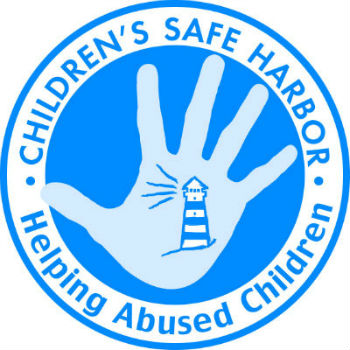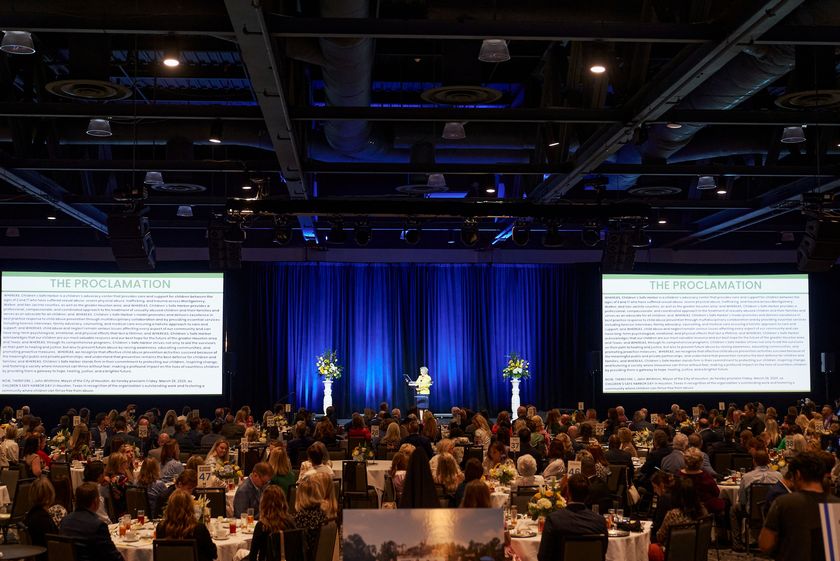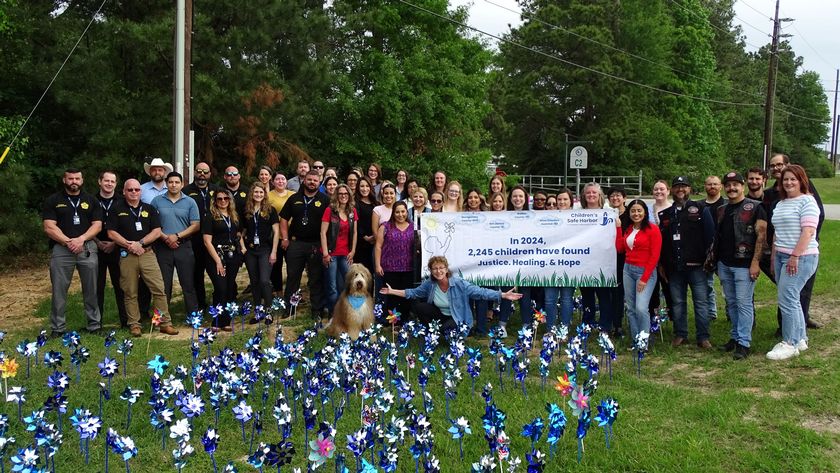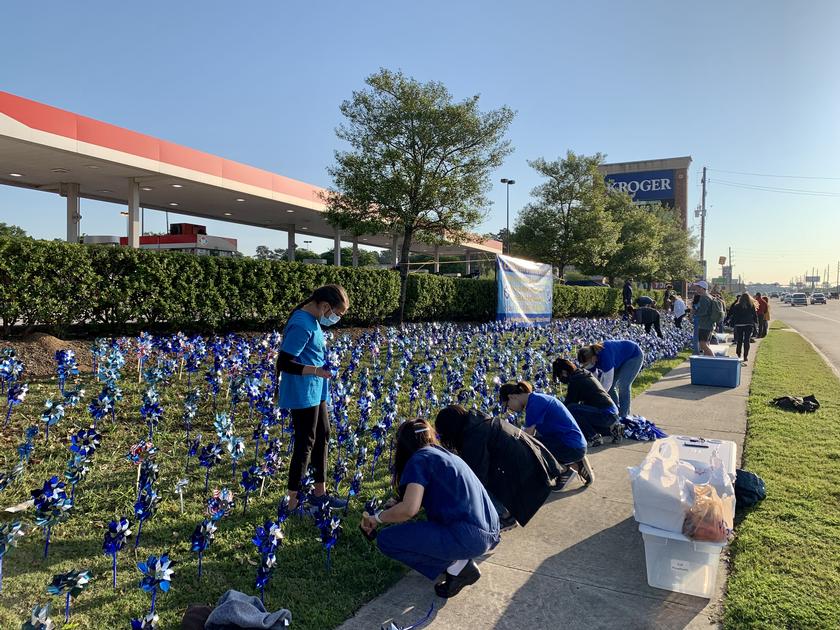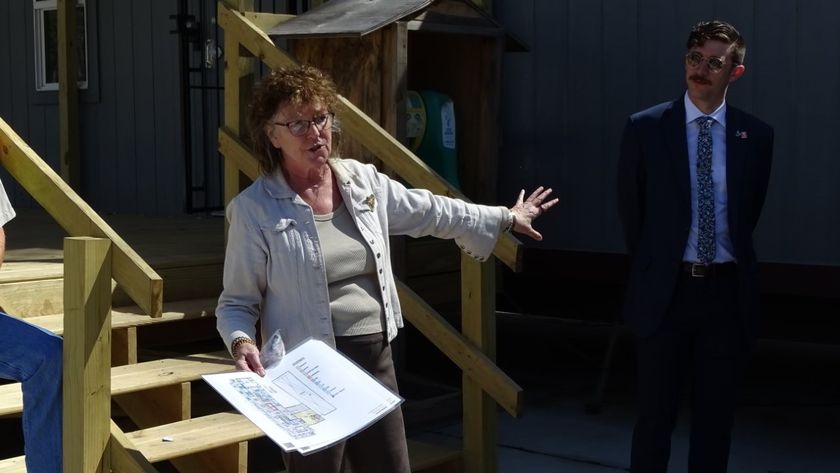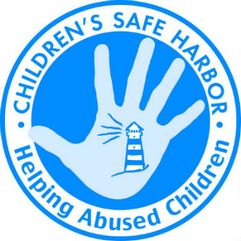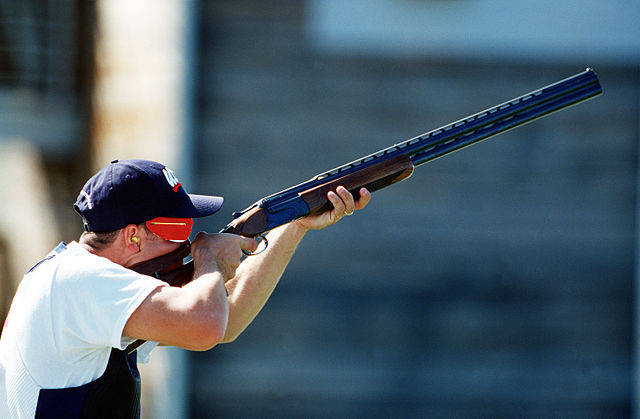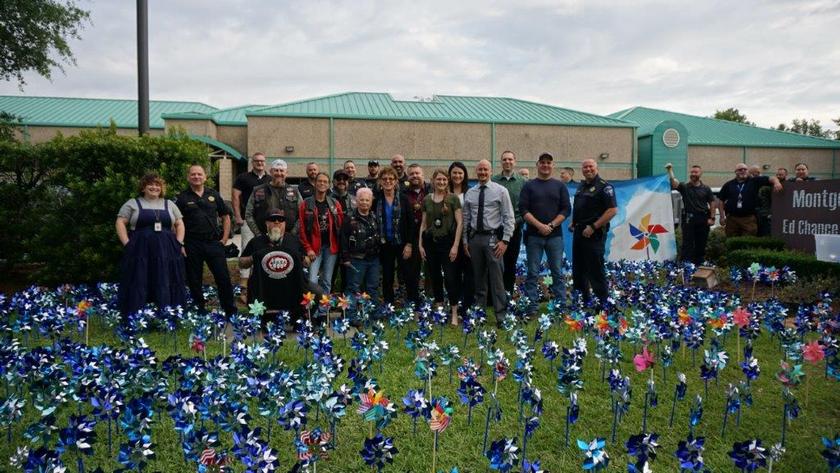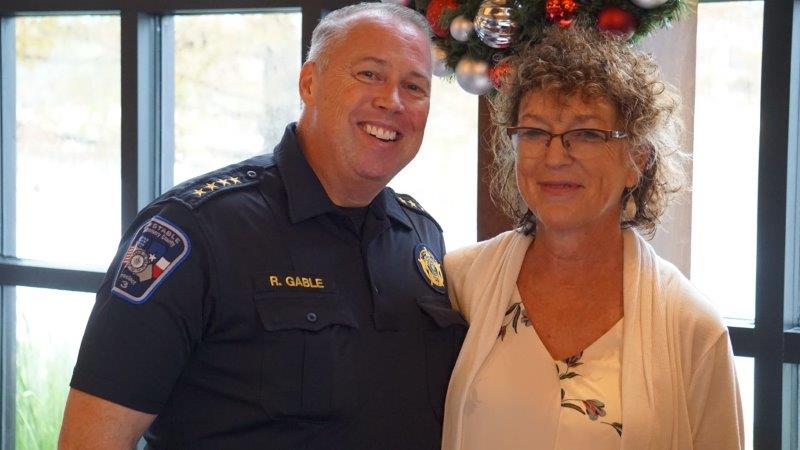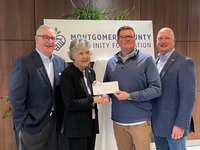- Sections :
- Crime & Public Safety
- Restaurants & Food
- Sports
- More
Pinwheel display reflects Children's Safe Harbor cases

MONTGOMERY COUNTY, Texas -- In recognition of the amount of children treated last year for sexual abuse, Children’s Safe Harbor recently placed 1,169 pinwheels among the grounds of the Alan B. Sadler Administrative Building in downtown Conroe.
In its 18 years, the nationally-accredited children’s advocacy center continues to see an ever-increasing amount of new cases each year, which is mostly attributed to Montgomery County’s population growth.
Children's Safe Harbor offers specialized services to traumatized children and their families on a centralized campus facility. Children are able to share their experiences of abuse through a unique narrative investigation process called a forensic interview.
Specialized medical evaluations and weekly individual, family and group counseling services are all available at no cost to the child victims and their non-offending family members.
As a nationally-accredited nonprofit organization serving Montgomery, San Jacinto and Walker counties, it is part of a nationwide effort to protect and enhance the life of every child who has the courage to battle sexual or severe physical abuse by healing the trauma of abuse and facilitating justice for children and their families.
“These pinwheels reflect the number of children who walked through our doors last year and represent the movement forward toward justice and healing for children and our community,” said Victoria Constance, MSPH, PhD, Executive Director and CEO of the Board of Directors for Children’s Safe Harbor. “If these children are not well, then we are not well and the future is not well. Thanks to our enhancement project, we are able to collaborate more quickly with Child Protective Services by viewing their in-take from their hotline and move the children forward more efficiently for forensic interviewing, investigation and law enforcement. That extra piece has been significant in our mission.”
Dr. Constance along with CSH staff and team members were aided in the pinwheel installation by Bruce Gusler, Director of Montgomery County Probation and the students of its Juvenile Justice Alternative Education Program.
Some signs that a child is experiencing violence or abuse are more obvious than others. Dr. Constance encourages you to trust your instincts enough that if you suspect abuse, it is enough of a reason to contact the authorities; you do not need proof. In conjunction with Children’s Advocacy Centers of Texas, she shares these essential primary indicators for recognizing warning signs of possible child abuse:
Unexplained injuries. Visible signs of physical abuse may include unexplained burns or bruises in the shape of objects. You may also hear unconvincing explanations of a child's injuries.
Changes in behavior. Abuse can lead to many changes in a child's behavior. Abused children often appear scared, anxious, depressed, withdrawn or more aggressive.
Returning to earlier behaviors. Abused children may display behaviors shown at earlier ages, such as thumb-sucking, bed-wetting, fear of the dark or strangers. For some children, even loss of acquired language or memory problems may be an issue.
Fear of going home. Abused children may express apprehension or anxiety about leaving school or about going places with the person who is abusing them.
Changes in eating. The stress, fear and anxiety caused by abuse can lead to changes in a child's eating behaviors, which may result in weight gain or weight loss. Changes in sleeping. Abused children may have frequent nightmares or have difficulty falling asleep, and as a result may appear tired or fatigued.
Changes in school performance and attendance. Abused children may have difficulty concentrating in school or have excessive absences, sometimes due to adults trying to hide the child's injuries from authorities.
Lack of personal care or hygiene. Abused and neglected children may appear uncared for. They may present as consistently dirty and have severe body odor, or they may lack sufficient clothing for the weather.
Risk-taking behaviors. Young people who are being abused may engage in high-risk activities such as using drugs or alcohol or carrying a weapon.
Inappropriate sexual behaviors. Children who have been sexually abused may exhibit overly sexualized behavior or use explicit sexual language.
Remember, you are obligated by law to report suspected child abuse. If you suspect a child is in immediate danger, call 911. Or, in the counties of Montgomery, Walker, San Jacinto, call Children’s Safe Harbor at (936) 756-4644, or throughout in Texas call the abuse and neglect hotline at 800.252.5400.
To make a donation to Children’s Safe Harbor or to volunteer visit their website at www.ChildrensSafeHarbor.org. Financial donations can be mailed to their main office at 1519 Oddfellow, Conroe, Texas, 77301.

